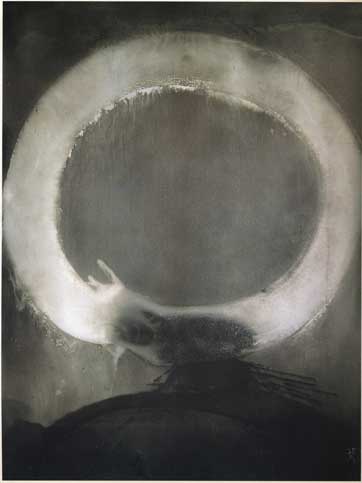|
The New Year of 2010 has begun. I am sure that
all of you have greeted the New Year with many different thoughts. The
atmosphere surrounding the economic, financial, and industrial sectors
continues to be very difficult.
For myself who, besides directing Zen, am also
engaged in industrial management, this year is shaping up to be a big challenge
especially with regard to management. Politically also the situation the
world over will most likely continue to be unstable. In Japan where the
Democratic Party of Japan wrested power from the Liberal Democratic Party
after 54 years they have stumbled because of money-politics scandals and
have as yet not surfaced as a stable political power. Political concerns
cast their shadow on the economy and will probably increase the difficulties
in an already difficult economic sector. This year, not only in Japan,
but also on a scale the world over, politics and economics will certainly
continue in a state of rapid fluctuation.
However, in the midst of such rapid change there
is one thing that does not even quiver a little. At this New Year I want
to re-affirm that one thing. What is it that in the midst of rapid change
does not even budge a little, does not change at all, no matter how much
time passes? It goes without saying that it is the essential self. The
essential self, in the midst of any and all changes, does not change even
a little. The one who first discovered this was Shakyamuni. He made this
discovery at the age of 35, by my calculations, 2438 years ago. To put
it very simply we can say that Shakyamunifs discovery was that gwe do
not dieh. No matter what the passage of time, no matter what the changes
in environment, our essential nature does not change even a little. And,
of course, this means gnot dying.h
I think that the discovery that we do not die is
the most valuable and important discovery made in the history of the human
race. Is there any other discovery that can match it? Even to call it the
most valuable and important world heritage is insufficient. However, unfortunately,
most of the great number of people living in the world do not know of this
great discovery. Whenever the New Year comes people think they have grown
a year older and a year closer to death. But this is a big mistake. Where
is that which has grown a year older, where is that which has made another
step toward death? Shakyamuni pursued this question relentlessly. And he
realized that this thing called the gselfh had neither shadow nor form
nor color nor smell nor weight nor anything at all. He realized that this
gselfh was no more than an image that human beings had arbitrarily produced
in their heads. If gselfh and gpersonh are no more than concepts, then
gthe death of a personh is no more than a concept formed from the workings
of the mind. One speaks of gdyingh but the goneh dying does not exist.
To put it clearly, from the start gdeathh itself does not exist.
And, to push the argument even further, what has
just been said about gdeathh applies in just the same way to glife.h
If death does not exist, then one cannot say that life exists. In the statement
above I made about Shakyamunifs discovery let me replace the word gdeathh
with glifeh. gTo put it very simply we can say that Shakyamunifs discovery
was that ewe are not bornf.h
Life and death are concepts; life and death have
no substance. Nevertheless, most people find this hard to believe. Yet,
life and death really do not exist. To express the essence of life and
death, one can say being happy is life and being sad is death. Being in
pain is life and being content is death. Walking is life and running is
death. The rain falling is life and good weather is death. Mountains are
life and rivers are death.
Granted the rapid changes in the political and
economic spheres of the world, the activities of the whole universe are
really life and death themselves, the form in which our essential nature,
which never changes, unfolds.
gPeople do not die.h It is the mission of the
SANBÔZEN to spread to as many people as possible this marvelous discovery
of Shakyamuni. It is only through Zazen that one can share this discovery.
Shall we not do our utmost this year to accomplish this mission?
|
